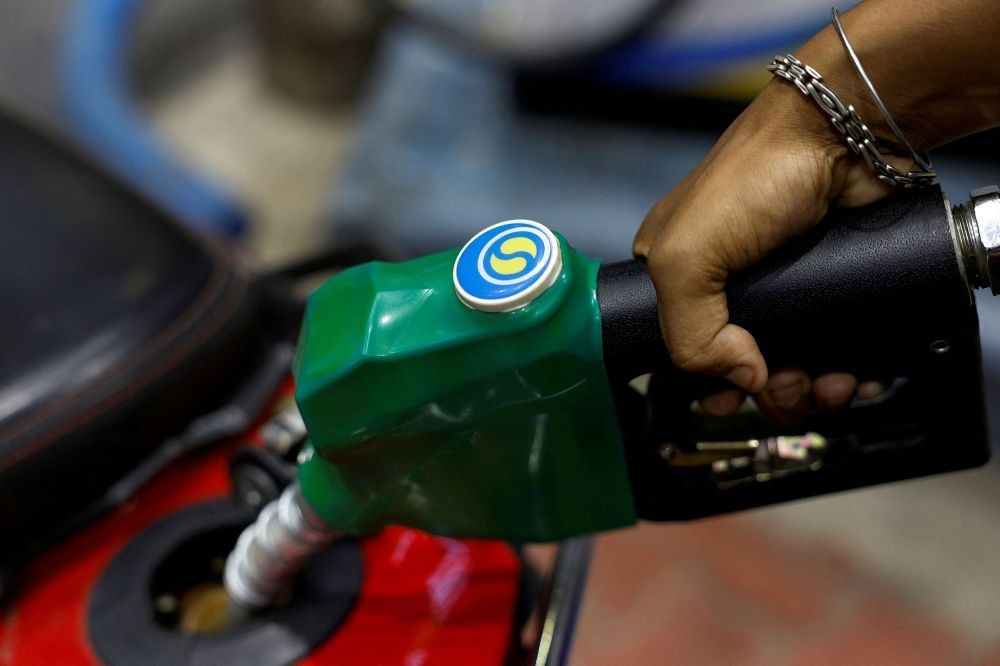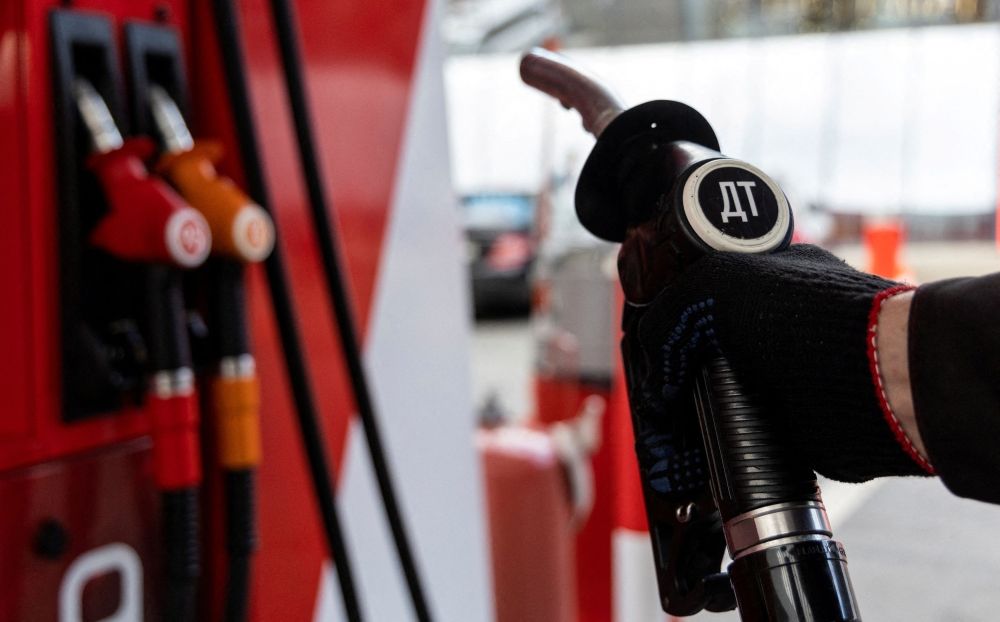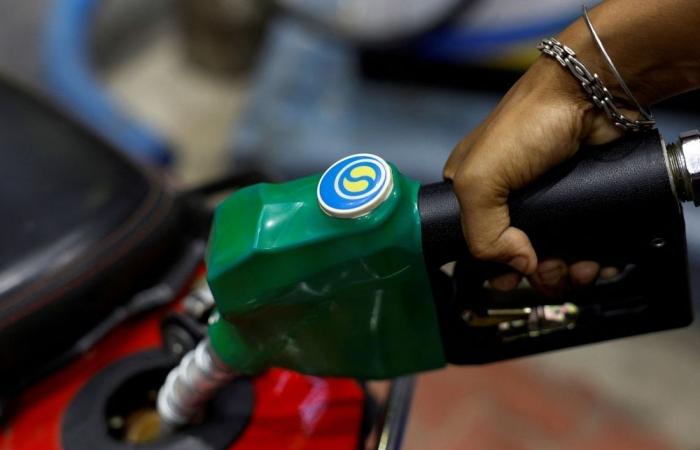Hello and welcome to the details of A trillion-dollar conundrum explained: Why fossil fuel subsidies remain a global challenge and now with the details

Nevin Al Sukari - Sana'a - A worker holds a nozzle to pump fuel into a two-wheeler vehicle at a Bharat Petroleum oil and fuel station in Kolkata August 7, 2024. — Reuters pic
LONDON, Nov 17 — Governments around the globe are ploughing billions of dollars into fossil fuel subsidies to shelter citizens from higher energy costs, but that comes at a fiscal burden, creates inefficiencies, and hampers the goal of reducing overall usage.
At the UN’s COP29 climate summit in Baku, discussions are ongoing over reducing distortions and inefficiencies created by subsidies — a key to reduce the production and use of fossil fuels, which contribute significantly to climate change and pollution.
How much do governments spend on fossil fuels?
The International Energy Agency (IEA) calculated that fossil fuel consumption subsidies stood at US$620 billion in 2023.
That is a sharp decline from the record sum of more than US$1.2 trillion in 2022 — the year where energy prices soared sharply in the wake of Russia’s invasion of Ukraine, which saw subsidies surpass the trillion-dollar threshold for the first time.
In general, subsidies are broadly split between electricity, oil and natural gas accounting for a third each, and coal receiving only minimal support, IEA data showed.
Other calculations taking into account the wider ramifications come up with a much bigger number.
According to International Monetary Fund (IMF) calculations, whose latest calculations are available only for the record year of 2022, explicit subsidies — or money spent by governments on undercharging for supply costs — amount to US$1.26 trillion.
But that makes only up about a fifth of the total amount, which the IMF puts at US$7 trillion in 2022 — or 7.1 per cent of global GDP — once the sum of undercharging for environmental costs and forgone tax revenues is taken into account.

An employee holds a diesel fuel pump nozzle at a petrol station of Neftmagistral company in Moscow September 8, 2023. Governments around the globe are subsidising fossil fuels to protect consumers by keeping prices low. The biggest spenders, according to the IEA, are Russia, Iran, China and Saudi Arabia — countries that can, broadly, afford the costs. — Reuters pic
Why do governments subsidise fossil fuels?
Governments around the globe are subsidising fossil fuels to protect consumers by keeping prices low. The biggest spenders, according to the IEA, are Russia, Iran, China and Saudi Arabia — countries that can, broadly, afford the costs.
But much of that government spending is also present in poorer emerging markets, where energy often makes up a larger share of the inflation basket and price swings hit the least well off the hardest.
Debt-laden governments — many of them petroleum exporters — trying to shed costly fuel subsidies are running headlong into angry populations reeling from years of increasing living costs.
Countries from Nigeria to Angola have struggled to abolish the support and seen deadly protests erupt in recent years, often triggered by rising fuel prices.
What could the impact of tackling subsidies be?
Removing inefficient fossil fuel subsidies could have a positive impact on energy markets, government budgets and efforts to tackle climate change, according to the IEA and the IMF.
The Coalition of Finance Ministers for Climate Action — counting policy makers from more than 90 countries among its members — has said that getting pricing of fossil fuel products right was critical to meeting countries’ Nationally Determined Contributions’ (NDC) targets and achieving global climate change goals set out in the Paris Agreement.

An environmental activist holds a placard as they protest against the continued use of fossil fuels during the United Nations Climate Change Conference (COP29), in Baku, Azerbaijan November 14, 2024. — Reuters pic
What has happened so far?
In 2009, the Group of 20 major economies called for a phase-out of inefficient fossil fuel subsidies over the medium term, and repeated that call in 2012.
At COP26 in 2021 and COP27 in 2022, countries agreed to accelerate efforts of the phase-out of inefficient fossil fuel subsidies.
There has been some progress, but not as much as many policy makers hoped for.
Analysts point to successes such as the EU Emissions Trading Scheme, which forces power plants and industrial sources to pay for carbon emissions and had prices slightly above a warming target-consistent carbon price in 2022. On a country-specific level, some nations like India and Morocco have dramatically reduced or almost abolished fossil fuel subsidies. — Reuters
These were the details of the news A trillion-dollar conundrum explained: Why fossil fuel subsidies remain a global challenge for this day. We hope that we have succeeded by giving you the full details and information. To follow all our news, you can subscribe to the alerts system or to one of our different systems to provide you with all that is new.
It is also worth noting that the original news has been published and is available at Malay Mail and the editorial team at AlKhaleej Today has confirmed it and it has been modified, and it may have been completely transferred or quoted from it and you can read and follow this news from its main source.







